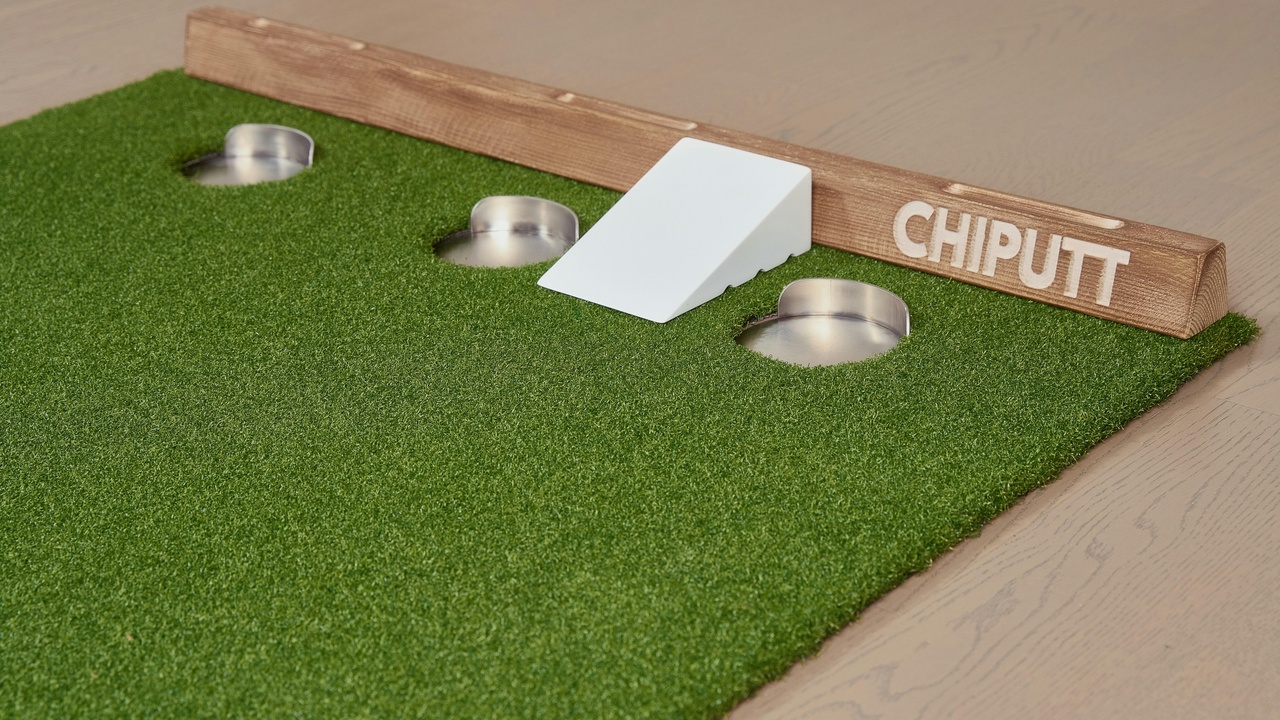In the late 19th and early 20th centuries, demand for chinchilla fur nearly wiped wild populations from the Andes—an early, dramatic example of how unique animal traits can drive human behavior.
That history helps explain why the traits people prize in pets also create conservation and care responsibilities. These 10 characteristics of a chinchilla show why owners, breeders, and vets focus on fur, temperature, diet, and dental health.
I’ll walk through 10 distinct characteristics grouped into physical traits, behavior and social traits, and care-related or physiological traits. Expect concrete numbers, everyday care tips, and examples drawn from wild Andean chinchillas and domestic Chinchilla lanigera.
Physical characteristics

Chinchillas display several unusual physical traits—exceptionally dense fur, compact bodies, self-sharpening teeth, and long whiskers paired with large ears—that shape everything from thermoregulation to exercise needs. Their fur density is extreme (commonly reported up to about 60–90 hairs per follicle), which drove the early 1900s fur trade and still drives care choices today.
Below are four key physical features and what each means for handling, housing, and health.
1. Exceptionally dense, soft fur
Chinchillas have among the densest fur of any land mammal—up to about 60–90 hairs per follicle in commonly reported figures—which evolved to insulate them in cold Andean climates.
That density makes them intolerant of heat and high humidity and explains why they cannot be bathed with water; wet fur traps heat and invites fungal problems.
For pets, dust baths using pumice or specialized chinchilla dust replace water baths and help keep the coat clean and healthy. Owners should offer dust baths several times weekly and monitor for matting or greasy fur, both signs of skin trouble.
2. Small, compact body and light weight
An adult domestic chinchilla commonly weighs about 400–800 grams and measures roughly 9–14 inches in body length, excluding the tail.
That compact shape gives them remarkable agility; they can jump 1–1.5 meters vertically and move quickly across rocky terrain—a behavior you’ll see in playtime and cage climbing.
Housing should reflect vertical needs: multilevel cages with ramps, platforms, and safe jump spaces are ideal. A single-level shoebox cage won’t do—provide room to leap and explore instead.
3. Ever-growing (hypsodont) teeth
Chinchilla incisors and cheek teeth grow continuously and require constant wear through abrasive foods and chewing materials.
To maintain proper alignment and prevent malocclusion, offer unlimited high-fiber hay like timothy, plus safe chew toys such as untreated wooden blocks and pumice-based items. If teeth overgrow or misalign, animals may drool, lose weight, or avoid pellets—signs that call for veterinary care.
Routine dental checks with an exotic-pet vet and regular observation of eating and weight trends can catch problems early and reduce the need for corrective procedures.
4. Sensitive ears and whiskers for sensing the environment
Large, thin ears and long vibrissae (whiskers) help chinchillas detect predators, regulate temperature, and navigate in low light.
Those sensory tools also make them easily startled by loud noises, abrupt handling, and drafts. Provide quiet rooms, covered nest boxes, and slow, gentle interactions to reduce stress.
Watch for rapid ear movement, whisker brushing, or freezing behavior—each tells you how comfortable an animal is while exploring or when you introduce new objects.
Behavior and social characteristics

Chinchillas are social, crepuscular animals—most active at dawn and dusk—and they show different social dynamics in the wild versus the home.
Wild herds and domestic groups display bonding, grooming, and clearly readable signals; in captivity, thoughtful pairing and timing of interaction improve welfare.
5. Crepuscular activity patterns
Chinchillas are busiest around sunrise and sunset, with quieter stretches through the middle of the day and overnight rest.
Plan feeding and play for late afternoon and early evening sessions—brief 15–30 minute periods match their natural rhythms and reduce stress.
Avoid waking them for long handling during midday rest; repeated disturbance can lead to fatigue and behavioral issues.
6. Social and pair-bonding tendencies
Many chinchillas form strong bonds with cage-mates or people, but sociability varies by individual.
Bonded pairs provide companionship and mutual grooming, yet mismatched introductions can trigger aggression. Common practice is to pair same-sex adults or to spay/neuter before mixed-sex pairing, with veterinary advice when needed.
Introduce potential cage-mates gradually—start with adjacent cages so they can smell and see each other before face-to-face meetings under supervision.
7. Quiet but expressive—communication cues
Chinchillas communicate with chirps, squeaks, soft barks, teeth chattering when annoyed, and “popcorning” jumps when excited.
Popcorning (sudden hops and twists) signals playfulness, while teeth chattering or freezing indicates annoyance or fear—stop handling if you see those signs.
Learning these cues helps owners tailor enrichment: add hiding spots, offer supervised playtime during active windows, and reduce stressors when animals show defensive body language.
Care-related and physiological characteristics

The characteristics of a chinchilla create specific physiological needs: narrow temperature and humidity tolerances, a hay-first diet tied to hindgut fermentation, and predictable reproductive and lifespan patterns.
Below are three care-focused traits with practical numbers and tips for everyday husbandry.
8. Narrow temperature and humidity tolerance
Domestic chinchillas do best in cooler indoor temperatures—generally around 60–70°F (15–21°C)—and prefer low humidity to reduce fungal and skin issues.
Signs of heat stress include lethargy, open-mouth breathing, drooling, or rapid respiration. If you suspect heatstroke, move the animal to a cooler room, offer shade and cool ceramic tiles, and contact a vet immediately.
Practical solutions include air conditioning or fans (not blowing directly on the animal), shaded housing, and avoiding outdoor exposure during warm months.
9. Specialized herbivorous diet and digestive needs
Chinchillas are strict herbivores with a digestive system adapted for hindgut fermentation, so high-fiber grass hay—timothy for adults—must be the bulk of the diet.
Offer unlimited timothy hay daily, measured pellets formulated for chinchillas (a small, fixed amount by weight), and only occasional low-sugar treats. Fresh water should be available at all times via a sipper bottle or heavy bowl.
Improper diets (too many sugary fruits, fresh vegetables, or moist foods) can cause diarrhea, GI stasis, or dental problems—so keep treats rare and monitor stool consistency and appetite.
10. Lifespan, reproduction, and veterinary care
In captivity, chinchillas commonly live about 10–20 years with proper care, while wild lifespans are typically shorter due to predation and environmental stressors.
Gestation lasts roughly 111 days, and litters usually range from 1–6 kits, with 2 being common. These numbers mean breeding should be a planned decision backed by veterinary support.
Routine veterinary needs include dental checks, weight monitoring, parasite screening, and access to an exotic-pet vet for any unusual signs. Annual or biannual checkups help catch issues early.
Summary
- Dense fur (about 60–90 hairs per follicle), a compact, agile body, and continuously growing teeth mean owners must prioritize dust baths, vertical space, and chew materials.
- Keep them cool and dry (roughly 60–70°F / 15–21°C, low humidity), feed a hay-first diet with measured pellets, and limit sugary treats to protect digestion and teeth.
- Match care to their crepuscular rhythms: short evening play sessions, gentle handling, and quiet daytime housing reduce stress and respect natural behavior.
- Social pairing can boost welfare but requires slow introductions; schedule regular dental and weight checks with an exotic-pet veterinarian.
- Before acquiring a pet, contact a local rescue or an exotic vet to confirm you can meet their specialized needs and provide a long-term home.





